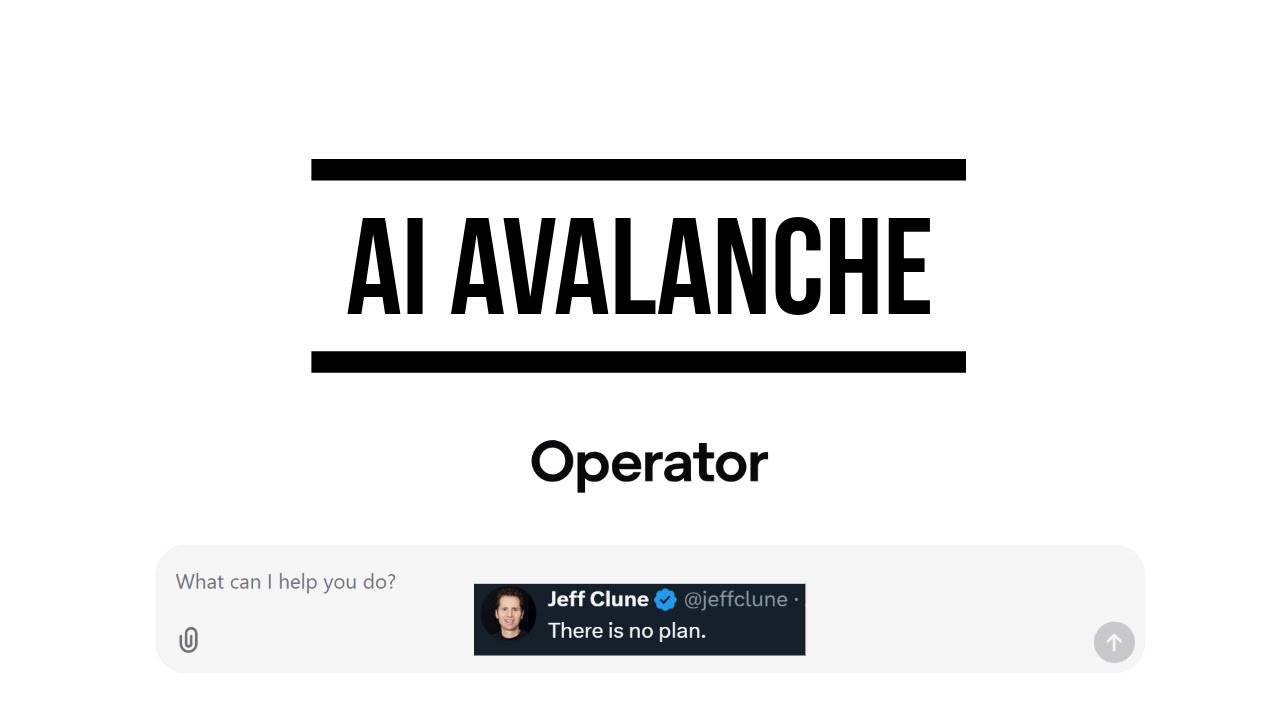The video discusses the recent surge in AI developments, particularly focusing on OpenAI’s Operator tool, which, despite its potential, currently struggles with automation and user confirmations. It also highlights the rapid advancements of Chinese AI models like Deep Seek R1, the ethical implications of increased surveillance and job displacement, and the ongoing challenges in achieving reliable AI and artificial general intelligence (AGI).
In the video, the speaker addresses the overwhelming amount of recent AI news and developments, particularly focusing on OpenAI’s new tool, the OpenAI Operator. The speaker shares their experience testing the Operator, noting that while it has potential, it is not yet capable of fully automating jobs due to its tendency to get stuck in loops and the limitations imposed by OpenAI. The Operator requires user confirmations for many tasks and struggles with certain functionalities, making it less useful than anticipated at this stage.
The discussion then shifts to the broader implications of AI advancements, particularly the U.S. government’s significant investment in Project Stargate, which is likened to the Manhattan Project in terms of its potential societal impact. The speaker highlights concerns about job displacement and increased surveillance that could arise from such investments, referencing comments from industry leaders who predict that AI could lead to a drastic reduction in labor costs and increased inequality. The potential for AI to monitor communications raises ethical questions about privacy and control.
The video also covers the emergence of Deep Seek R1, a new AI model from China that has reportedly achieved performance levels comparable to leading Western models. The speaker emphasizes the surprising speed at which Chinese AI firms have caught up, attributing this to a combination of innovative approaches and the impact of U.S. sanctions on advanced chips. Deep Seek R1’s performance on benchmarks suggests it could challenge existing models, and its open-source nature allows for rapid adoption and adaptation by other companies.
The speaker delves into the training methodology behind Deep Seek R1, explaining how it utilizes reinforcement learning and chains of thought to improve its reasoning capabilities. This approach contrasts with traditional methods that emphasize step-by-step verification. The implications of this training method raise questions about the reliability and safety of AI models, as well as the potential for emergent behaviors that could complicate governance and oversight.
Finally, the video concludes with reflections on the future of AI and the potential for achieving artificial general intelligence (AGI) within the next few years. The speaker discusses the challenges that remain, including addressing reasoning flaws in current models and the need for ongoing improvements. They express skepticism about the implications of new benchmarks, such as “Humanity’s Last Exam,” suggesting that while these tests are significant, the true transformative potential of AI lies in its ability to perform complex tasks autonomously. The speaker encourages viewers to stay informed amidst the rapidly evolving landscape of AI technology.
